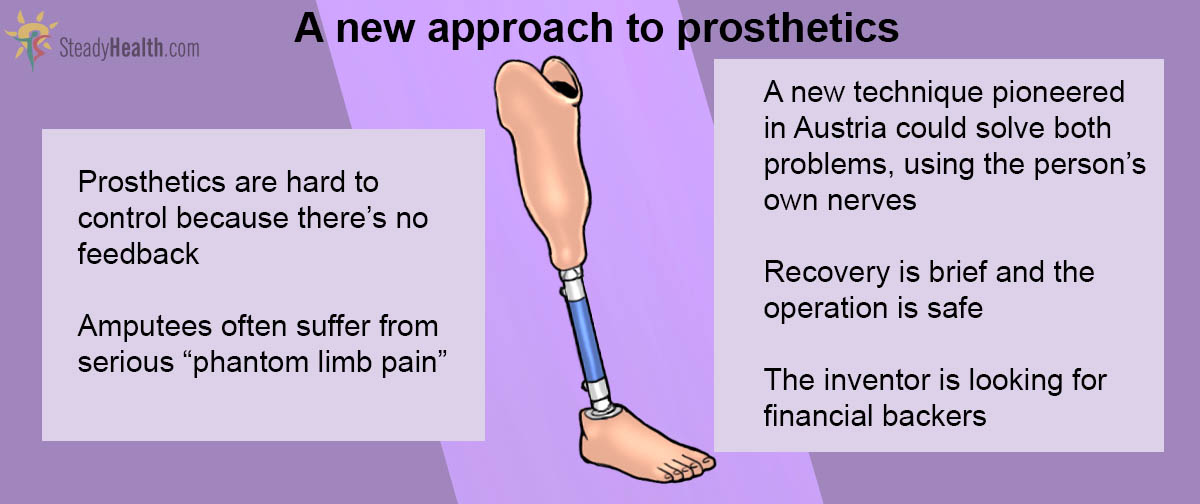Table of Contents
The artificial limb has come a long way. In ancient times, artificial limbs weren’t really designed to do the job of a limb. Rather, they were built to look like a limb; false hands were made that looked like a real hand in repose, but you couldn’t pick anything up with them. Honorable mention must go to a prosthetic big toe from ancient Egypt that would have enabled its wearer to walk barefoot and in sandals.
By the middle ages attempts were being made in Europe to make prostheses that offered some level of function. And by the eighteenth century wooden legs, hook hands and similar devices were widespread. Inventive surgeons produced prostheses with harnesses that could allow artificial legs to bend and hands to grasp, prefiguring modern prostheses.

The Twentieth Century
Major advances often come in surgery thanks to warfare. We owe modern plastic surgery techniques to reconstructive surgery from the Great War and prostheses improved a lot then too. But they were essentially updated Renaissance models. Only post WW2 did prostheses become truly functional, and the advent of electronic control made them able to do things they never had before.They could pick things up. People with prosthetic legs could run. People with prosthetic hands could play games with them.
We shouldn’t underestimate the scale of the breakthrough this represented.
And when it became possible to control prostheses with the body’s own nerves, it seemed to many that the final bridge had been crossed.
Movement... But Something Was Missing
In fact, the most serious problem of prostheses remained, and it's easier to understand this by imagining a [prosthetic hand. You pick up a brick. That takes a certain amount of pressure. Then you pick up an egg. If it's your own hand, you know how much pressure to use dynamically. You don’t have to decide in advance, you can… feel it.
Even the best prosthetic hands and feet, arms and legs couldn't feel a thing.
Until now.
On June 8 2015 Professor Hubert Egger, leading a team of researchers in Vienna, revealed that they had produced a prosthetic limb that could feel. The limb, a leg, is the result of two processes.
The Feeling Foot
One is a surgical technique. Building on revolutionary surgical techniques that allow human nerves to control prosthetic limbs’ movements, researchers used the patient’s own nerves from his stump, rerouting them to his thigh.
Once that had been done, a modern lightweight prosthesis was fitted with sensors in its sole, allowing signals about weight distribution, foot placement and pressure to be transmitted via ‘stimulators’ to the nerves in the patient’s stump where it sits inside the shaft of the prosthesis.
The results are twofold: first, the patient has an unprecedented degree of control over the prosthesis. And second, the patient, an Austrian former teacher named Wolfgang Ragger, is really pleased with it.
“It’s like a second lease of life, like being reborn,” he told AFP.
In one way, a final bridge really has been crossed. Unlike even the very best of previous prostheses, the new limb feels to Mr Rangger like a limb. “It feels like I have a foot again,” he continued. “I no longer slip on ice and I can tell whether I walk on gravel, concrete, grass or sand. I can even feel small stones.”
READ "Artificial Pancreas" Helps Women with Type 1 Diabetes Deliver Healthy Babies
- Photo courtesy of Derek Bridges via Flickr: www.flickr.com/photos/derek_b/6887686470
- Mind map by SteadyHealth.com
- Mind map by SteadyHealth.com


Your thoughts on this